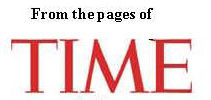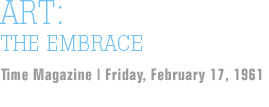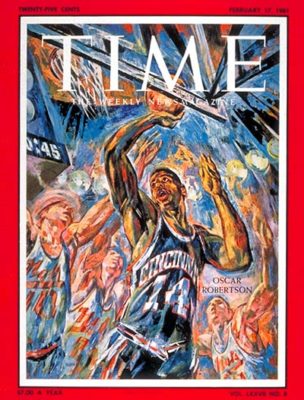

 William Brice is the 39-year-old son of the famed comedienne Fanny Brice (and of her second husband, Gambler Nick Arnstein); Billy’s youth was spent with the great figures of show business. He remembers Fanny’s house guests on Fire Island gathering at the ferry dock to meet Comedian Lou Holtz, singing:
William Brice is the 39-year-old son of the famed comedienne Fanny Brice (and of her second husband, Gambler Nick Arnstein); Billy’s youth was spent with the great figures of show business. He remembers Fanny’s house guests on Fire Island gathering at the ferry dock to meet Comedian Lou Holtz, singing:
“Waiter, waiter, waiter
Your tip will be much greater
If you’ll bring me a beautiful girl.”
In and out of Fanny’s house were Clifford Odets, Bea Lillie, Jimmy Durante, George and Ira Gershwin, and Fanny’s third husband, Billy Rose. But Fanny Brice, who died in 1951, had a taste for art as well as show business, and it was that taste that Billy inherited. Now he ranks as one of the top painters of the American Southwest.
This week Manhattan’s Alan Gallery opens a show of Brice’s latest work. The paintings are mostly of a male and female nude placed in a landscape setting. The nudes are animal as well as human—they squat, crouch, clutch at each other, embrace—and their color has as much to do with earth as with flesh. The animal, vegetable and mineral kingdoms seem to merge, and in the best of the works the merger is striking.
Brice studied at Manhattan’s Art Students League and at the Chouinard Art Institute in Los Angeles. In 1942, he got a job with M-G-M designing sets and decorating them with synthetic “masterpieces.” Metro was unculturedly demanding. “If you painted some predominantly blue Cezannes on Tuesday and they turned out all right,” he recalls, “somebody would give you another order on Thursday for, say, a Rembrandt, only he’d say, ‘Do it in’blue, like that other one.’ “
After a stint in the U.S. Army Air Corps, Brice settled down in earnest to his own painting. He was fascinated by Cezanne, by “the animal aspect of form in Courbet,” by De Chirico, Gris, Braque and Picasso. But perhaps the most dominant influence was the rocks, hills and floral imagery of the place where he lived—Mulholland Drive, on the crest of the range that stands between the San Fernando Valley and the Los Angeles Basin.
In his earlier semi-abstractions, the rocks and trees seemed to be in part made of flesh and blood. In his present figure paintings, the “integration of the human form and the nature form” is sought more directly. The figures are a part of the landscape; they emerge from it like plants, or they seem to melt into the atmosphere. The forms become entwined and forever locked together in a symbolic embrace.
From TIME February 17 © 1961 Time Inc. Used under license. TIME and Time Inc. are not affiliated with, and do not endorse products or services of, Licensee.